Ten villages to visit in Calabria
1. Gerace
Located near Reggio Calabria, it is an ancient medieval town that lies in the heart of the Aspromonte National Park, on the top of a hill from which there is a vast panorama of Locride, reaching as far as the sea. There had been settlements in the area since ancient times, although substantial development of the village occurred only from the 7th century AD, when pirate raids drove the coastal inhabitants to seek refuge in the mountains. The strategic importance of the location made Gerace, in the Middle Ages, one of the most important centers in the area, so much so that most of the monuments that can still be seen in the village today date from this era. These include the Co-cathedral, consecrated in 1045, a mighty Romanesque-style building (though remodeled in later centuries), the church of San Francesco (one of the most important Franciscan churches in the South), and the Norman Castle, built perhaps as early as the 7th century but then rebuilt by the Normans in the 11th century.
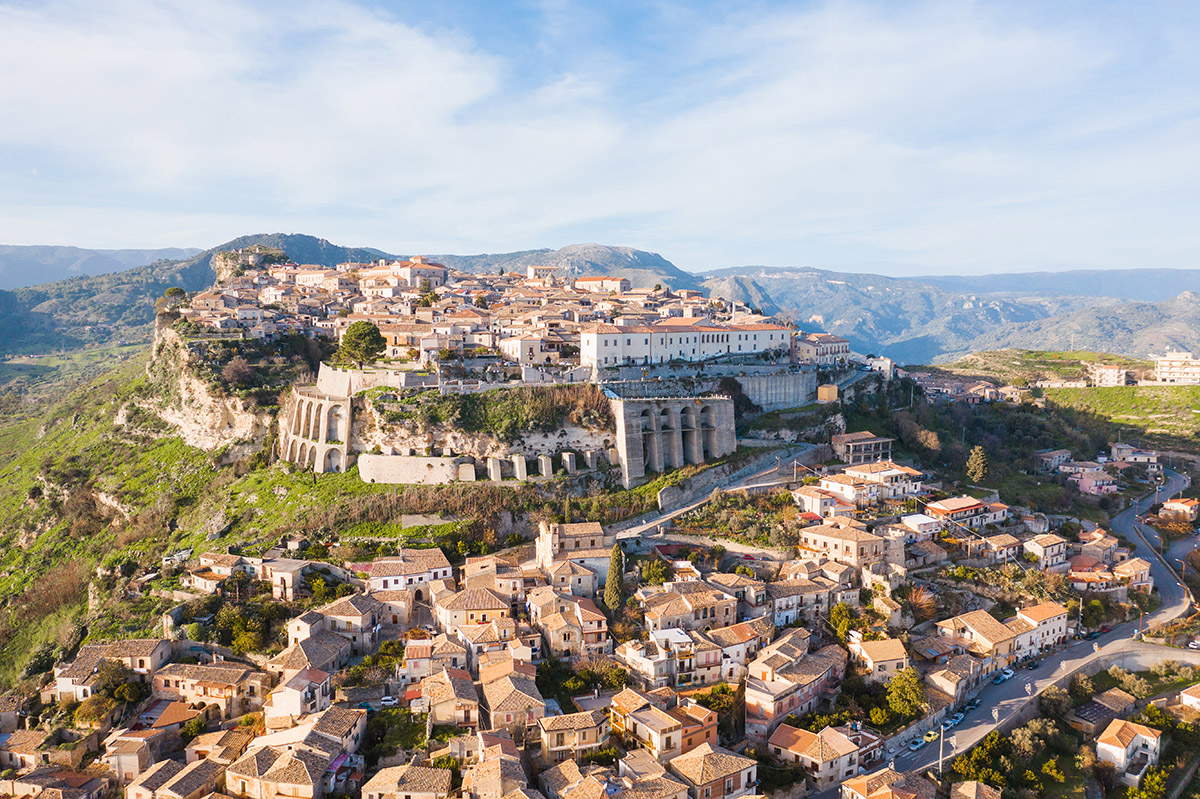 |
| View of Gerace |
2. Tropea
Tropea’s fame is unquestionably linked to its main gastronomic product, the famous red onion, and to its wonderful beaches, but it is one of the most beautiful towns in the region: the “cliff of Tropea,” or the great cliff on which the village rises overlooking the sea, is one of the most famous “postcard” images of southern Italy. According to legend, Tropea was founded by Hercules: less mythologically, the settlement is of Roman origin, and the morphology of the land made the center particularly important, since the village on the top of a cliff ensured extensive control of the surrounding area. It was a Byzantine center, then an Arab, then a Norman and again an Aragonese one, and there are many ancient testimonies: from the many noble palaces to the sanctuary of Santa Maria dell’Isola, from the so-called “Sedile dei Nobili” (a Renaissance building among the most famous in the city) to the cathedral of Maria Santissima di Romania, built in Norman times.
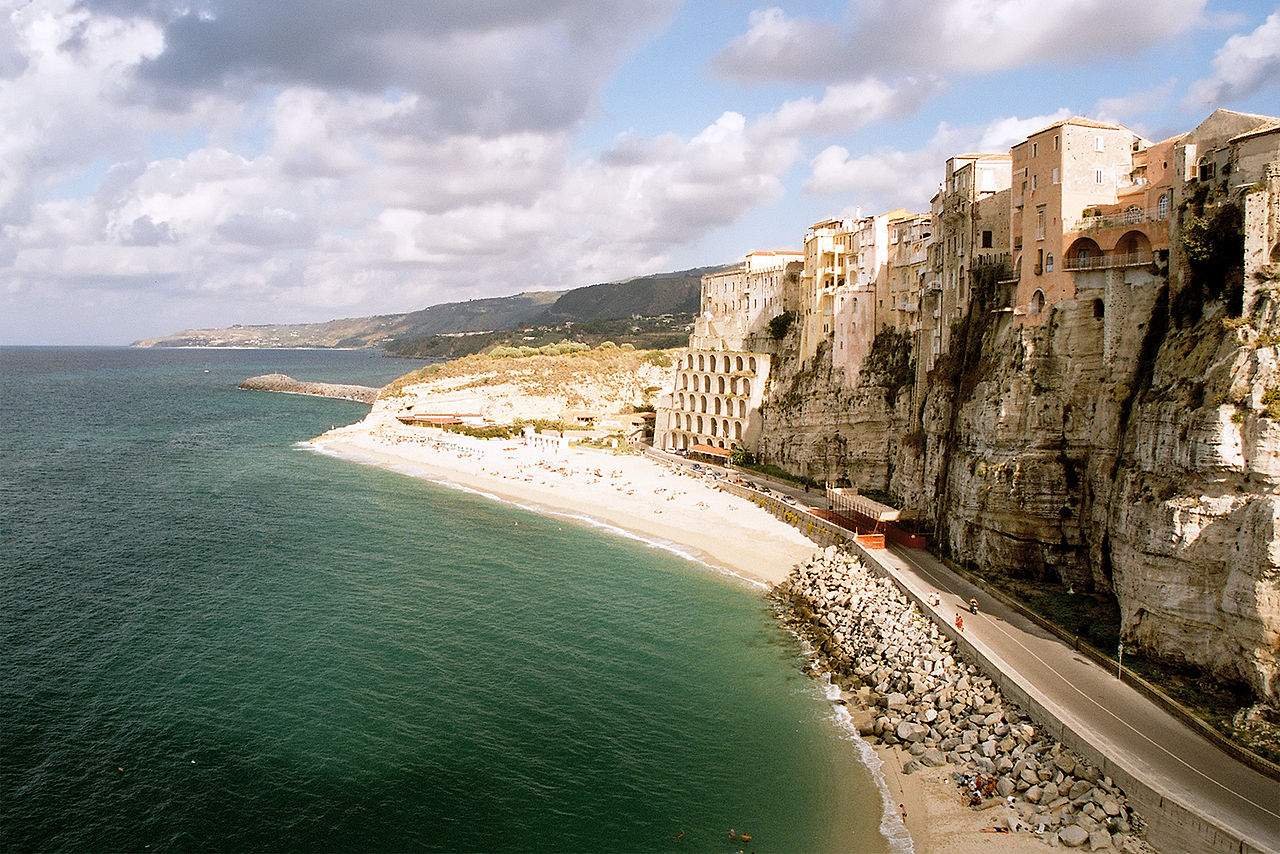 |
| The cliff of Tropea. Ph. Credit Przemyslaw Idzkiewicz. |
3. Fiumefreddo Bruzio
It is located in the province of Cosenza, on a hill situated along the Tyrrhenian coast. The center flourished in Norman times, and even today the appearance is largely that of the period, although the buildings were rebuilt following the earthquakes that struck the area over the centuries. Worth seeing in the village are the church of San Matrice Arcangelo, which preserves works by Francesco Solimena, one of the most important artists of the 17th century in southern Italy, and the Castle, now in a state of ruin, but which preserves rooms frescoed in the 1970s by Salvatore Fiume, author of an “artistic” recovery project for the village (his are also the frescoes in the 18th-century church of San Rocco). Several buildings from the Renaissance period are also there.
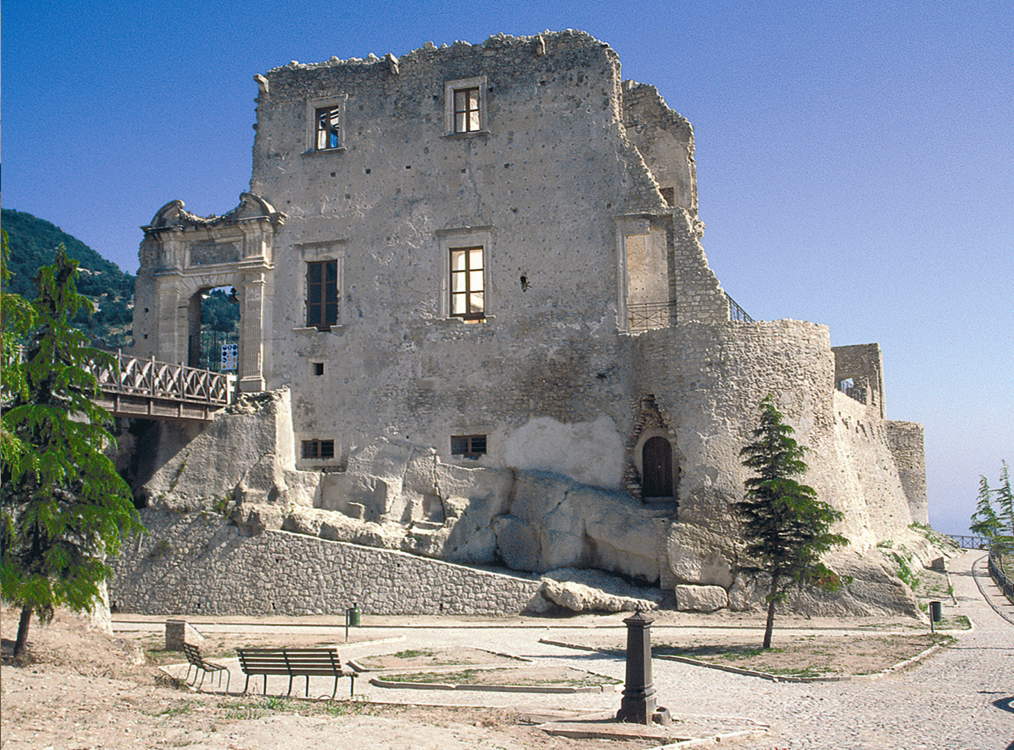 |
| The castle of Fiumefreddo Bruzio |
4. Aieta
Despite being a sparsely inhabited hamlet (just under 800 residents), Aieta, which is located in the Pollino National Park a few kilometers from the Tyrrhenian coast, is one of the most important Renaissance centers in Calabria, mainly because of the imposing Baronial Palace that dominates the entire town center, and which was built in the 16th century by the Martirano family: it later became the property of the Cosentino and Spinelli families of Scalea. The three-story building is one of the most important Renaissance buildings in the region. Also dating from the 16th century is the church of Santa Maria della Visitazione (also known as “Santa Maria de Fora”), inside which are Mannerist altarpieces (such as the Visitation by Fabrizio Santafede). The village still largely retains its medieval appearance.
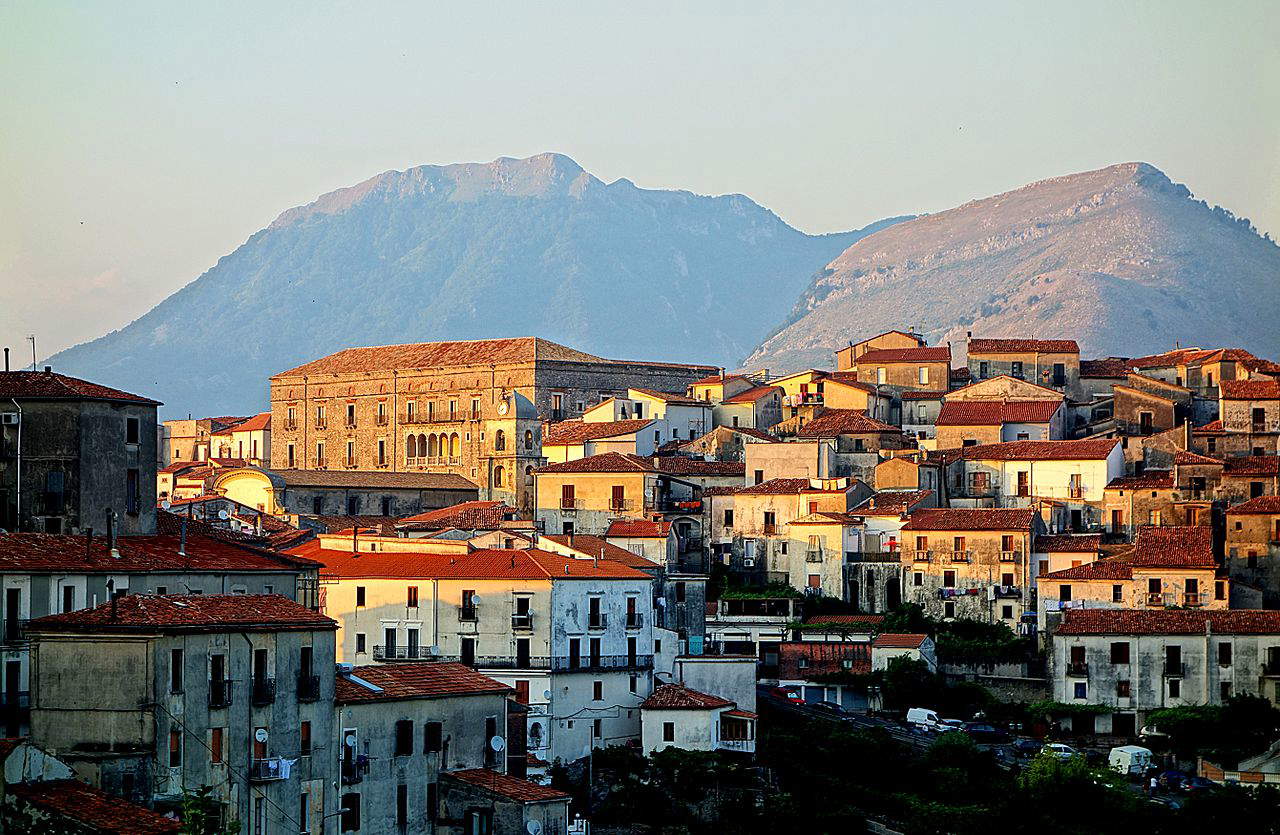 |
| View of Aieta. Ph. Credit |
5. Rocca Imperiale
The town, which is located on the Ionian coast and is the northernmost center of Calabria, is known for its traditional lemons, a PGI product. In ancient times it was a center of considerable importance as it was located along the communication route that united Calabria to Apulia: the name, Rocca Imperiale, derives from the fact that Frederick II wanted to have a castle built here to control the area and to house his court during his travels. The development of the village is therefore linked to this important event, and even today the Swabian Castle dominates the entire village, which unravels all at its feet. Also worth seeing are the Mother Church, which like the castle dates back to the 13th century (but was extensively remodeled in later centuries) and the Wax Museum, one of the most important in Italy, set up in the former monastery of the Observant Friars.
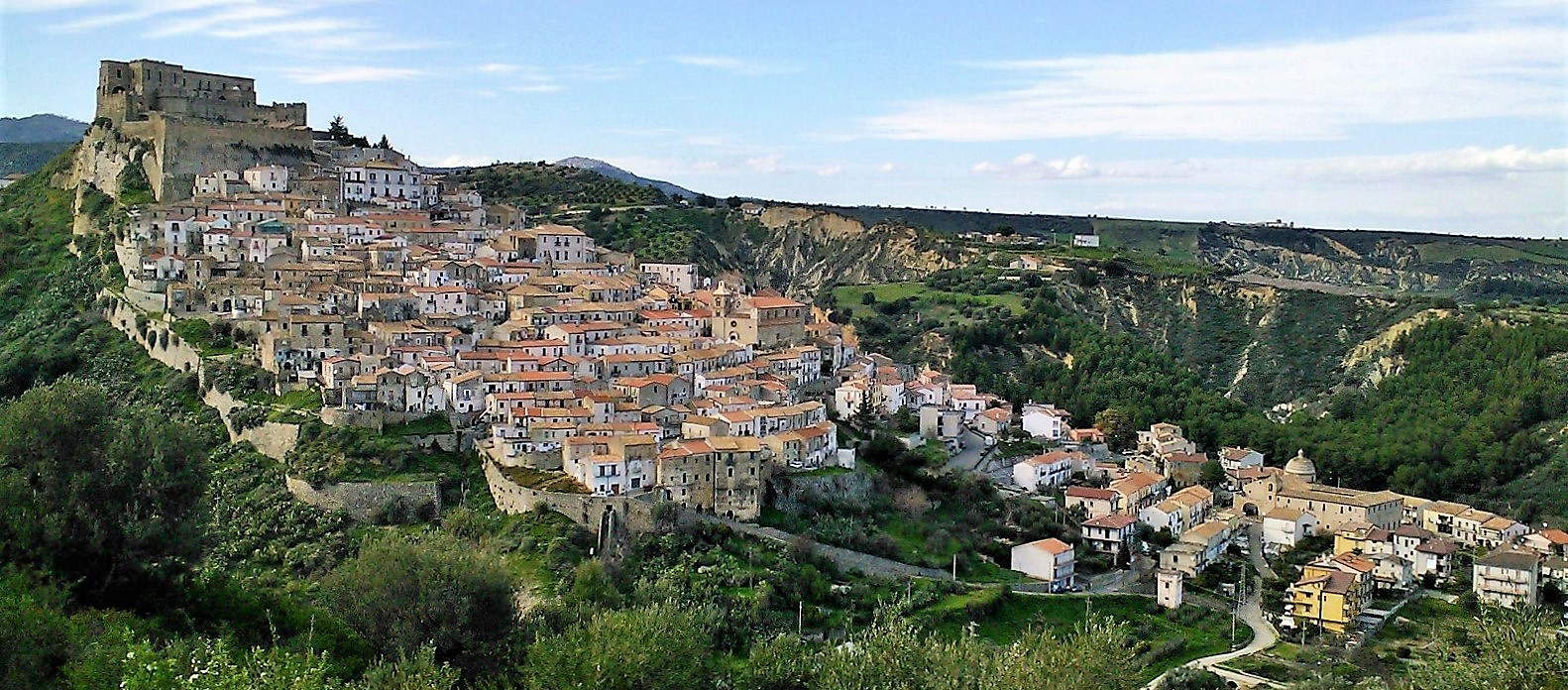 |
| View of Rocca Imperiale |
6. San Giovanni in Fiore
San Giovanni in Fiore is the largest town in Sila (in fact, it is the administrative headquarters of the Sila National Park) and is situated more than 1,000 meters above sea level. The village is rich in history: it is linked to the figure of the monk Joachim of Fiore (the monastery he founded is located here: the Florense Abbey, a must-see), but it is also known because in its vicinity the Bandiera brothers were captured in 1844 along with their companions. Among the places to visit are the church of Santa Maria delle Grazie, dating from the Renaissance period but remodeled over the centuries, the churches of Santa Maria della Sanità and Annunziata, and the 13th-century Norman Arch, one of the symbols of the city Near the village there is also the site of Iure Vetere (site of the first foundation of Joachim of Fiore). Given its location, San Giovanni in Fiore is also a place from which to set off on an excursion among the natural wonders of the Sila Park.
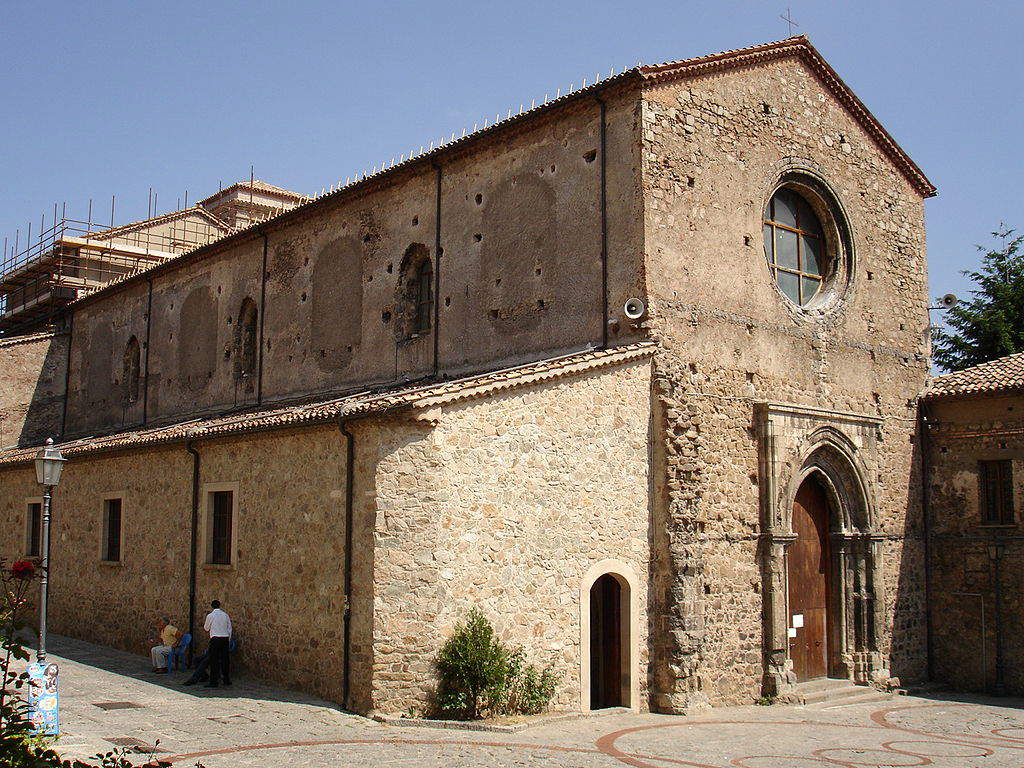 |
| San Giovanni in Fiore, the Florense Abbey |
7. Stilo
The Magna Graecia origin of the town of Stilo is evident from its name, since stylos in Greek means “column.” Situated on the slopes of Mount Consolino, it seems to have been born following the destruction of the city of Kaulon by Dionysius I of Syracuse in 389 B.C.: certainly there are records of the village as early as Roman times, but its present appearance dates back to the Middle Ages, a time when the monuments that are still considered symbols of the town arose in Stilo. Among these, the most famous is the 9th-century Cattolica di Stilo, a building of worship reproduced in all art history manuals: it is in fact one of the most significant Byzantine monuments that exist in Italy (but not only: the frescoes created around the year 1000, in the Norman era, are the only ones of their kind to have been preserved in the region), and it is still in an excellent state of preservation. Also of ancient date is the 11th-century Norman Castle, while later (from the 15th century) is the imposing church of St. Francis, which has an 18th-century facade. A young Thomas Campanella studied in the convent of San Domenico (there is a monument dedicated to him in the city).
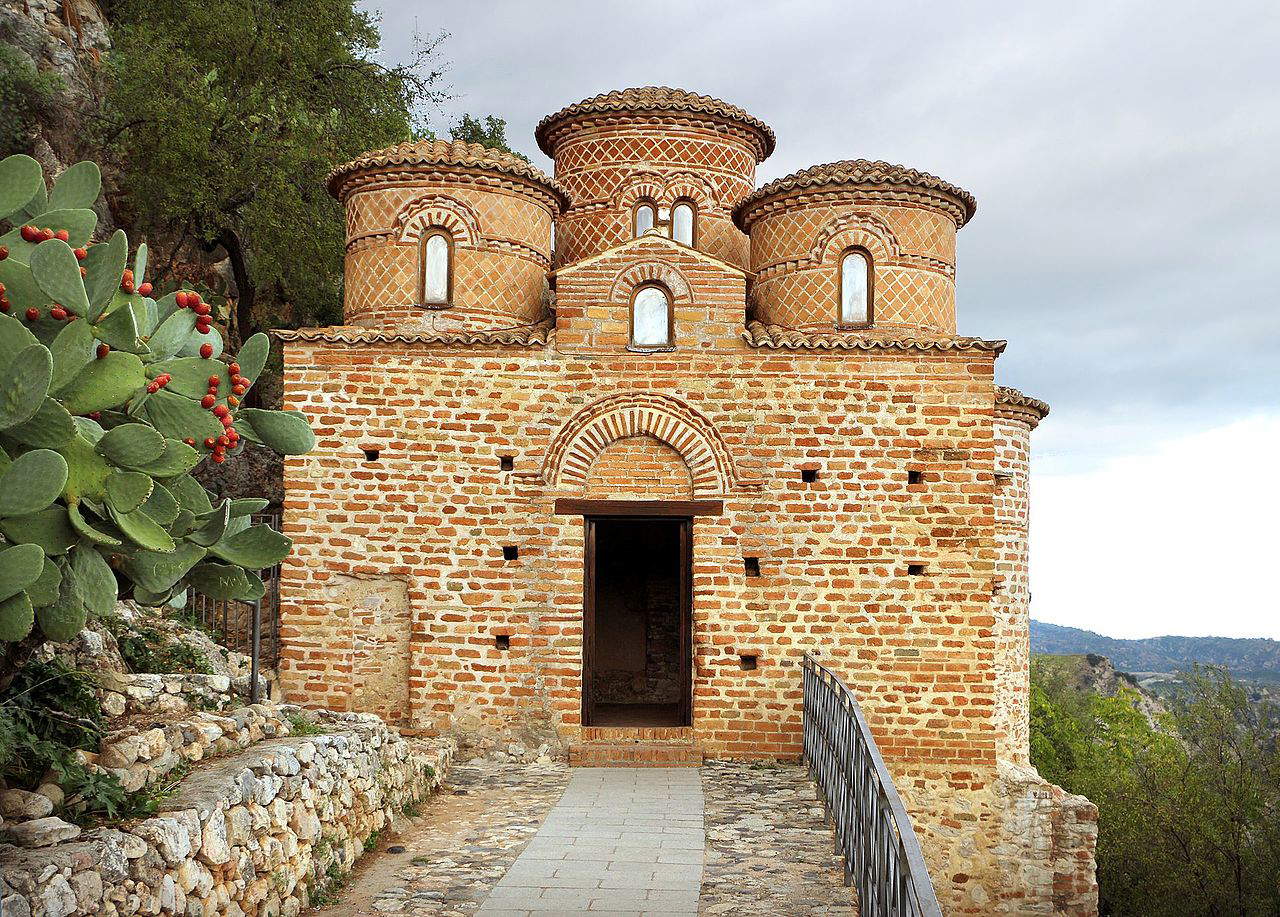 |
| The Catholic Church of Stilo. Ph. Credit Francesco Bini |
8. Oriolo
The village is built on a rocky outcrop near the Ionian coast, not far from Rocca Imperiale: like many towns in the area, it was born and developed in medieval times when the coasts were infested with pirates and the inhabitants sought refuge in the hills and mountains. Oriolo is dominated by the castle erected by the Sanseverino family, who were feudal lords of the castle for almost a century and a half, between the 15th and 16th centuries, and the development of the town is largely linked to their name. Also worth seeing is the Mother Church, which is of Norman origin but is now in its 18th-century appearance.
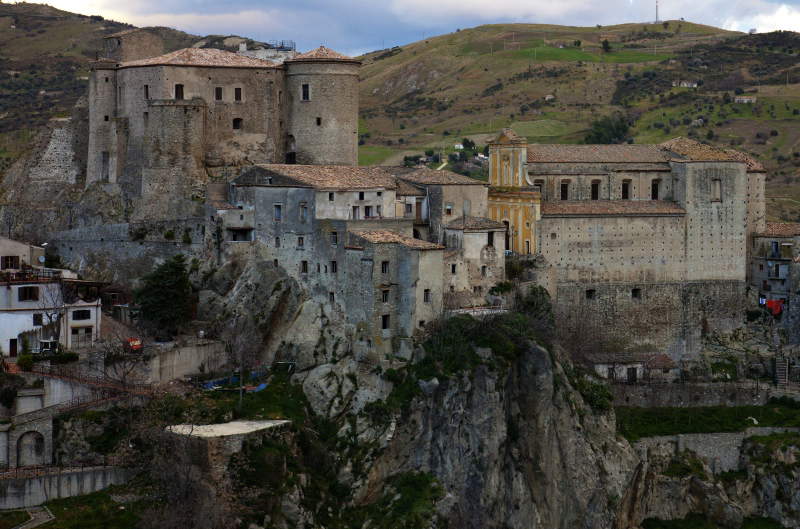 |
| View of Oriolo |
9. Scilla
A splendid seaside resort, it is located on the Tyrrhenian coast near Reggio Calabria, and the name of the village is linked to that of the mythological sea nymph who, according to legend, was transformed into a hideous monster by the sorceress Circe, who was envious of her: she is described as a snake with dog heads, and is best known because in the Odyssey she raged against Ulysses and his companions during the passage of the Strait of Messina. The village is of Magna Graecia origin, but it seems that there was also a settlement of the Tyrrhenians in the area, who dominated this area. Today Scilla looks like a scenic village clinging to a promontory: see the large sandy beaches, the historic center (known as “San Giorgio”: here are the church of San Rocco, the Ruffo Castle and the Palazzo Comunale), and the Chianalea district, an ancient fishing village, which still follows its vocation without being too affected by tourism.
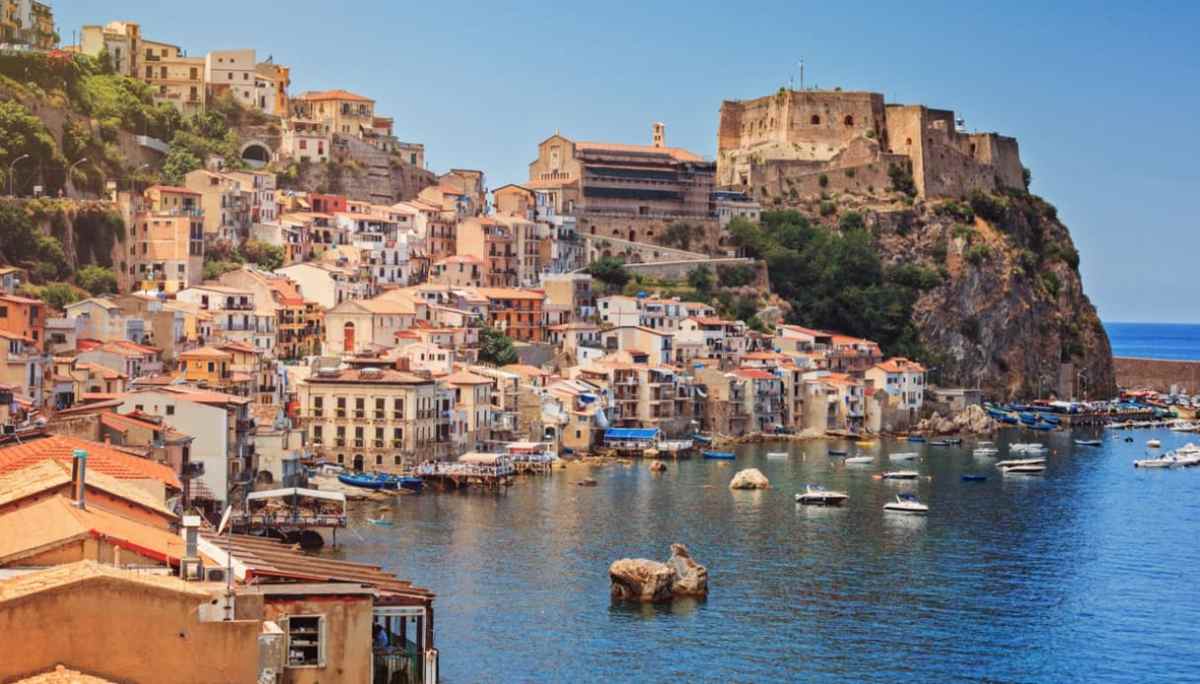 |
| View of Scilla |
10. Bova
Bova, despite its small size (in fact, it has little more than four hundred inhabitants), is considered the capital of “Bovesìa,” that is, the area of the province of Reggio Calabria where Greek is spoken: in fact, the area has been inhabited for centuries by a large linguistic minority that speaks in the Hellenic language. It was a small center of Magna Graecia subject to the tyrants of Syracuse, and in the Middle Ages it was first a Byzantine colony, then a Norman colony. After the Normans, it became a possession of the archbishop of Reggio Calabria. Worth seeing in the village are the ruins of the Norman Castle, the Norman Tower, and the churches: the Cathedral, the church of San Leo and that of San Rocco.
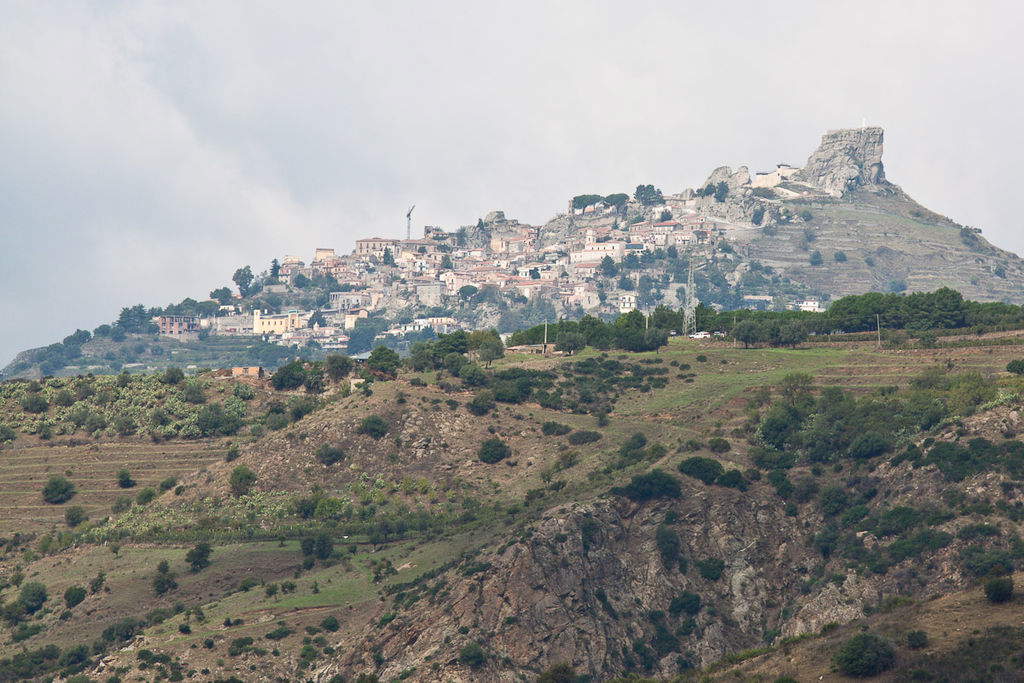 |
| View of Bova. Ph. Credit Filippo Parisi |
 |
| Ten villages to visit in Calabria |
Warning: the translation into English of the original Italian article was created using automatic tools. We undertake to review all articles, but we do not guarantee the total absence of inaccuracies in the translation due to the program. You can find the original by clicking on the ITA button. If you find any mistake,please contact us.


























